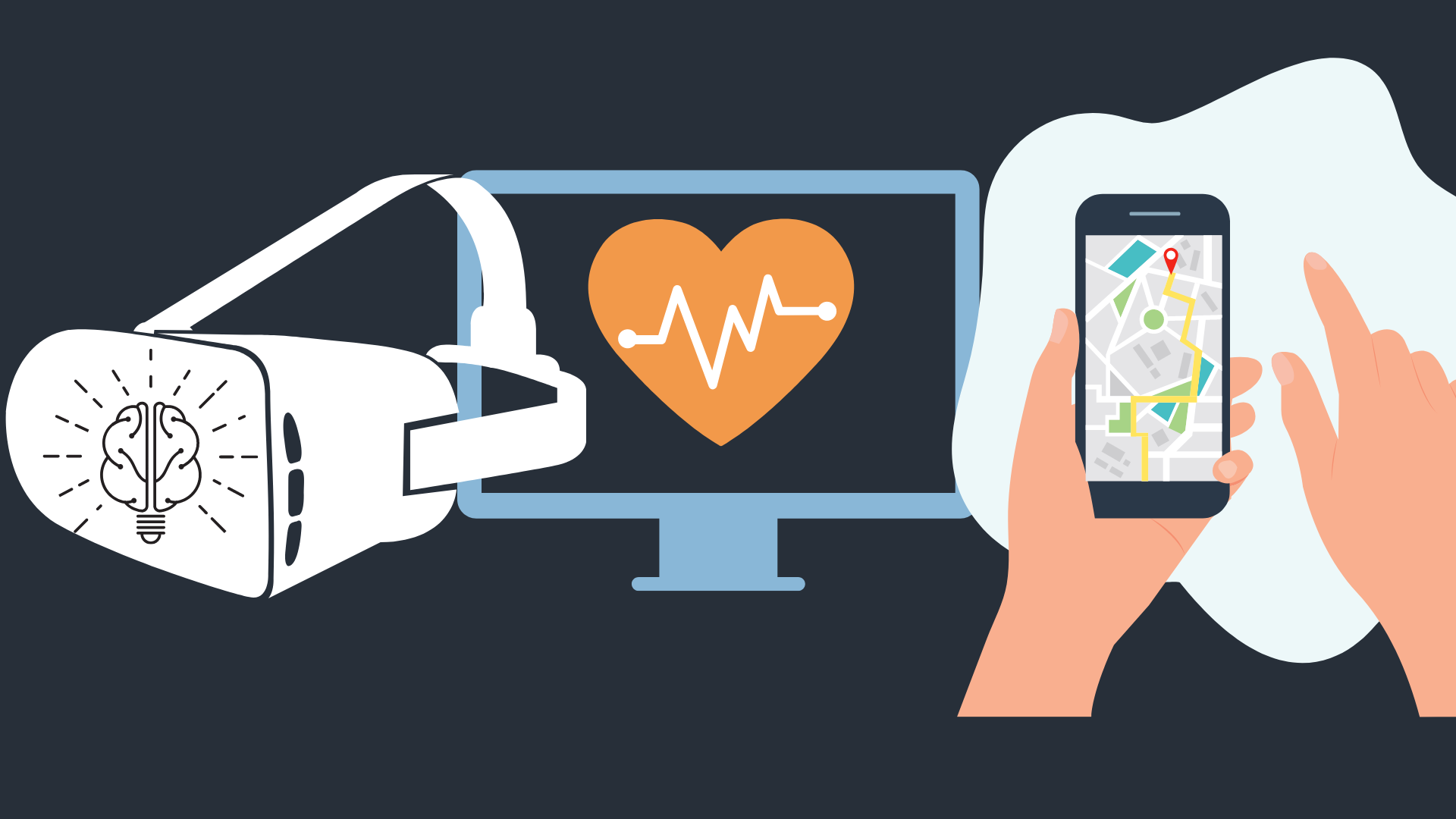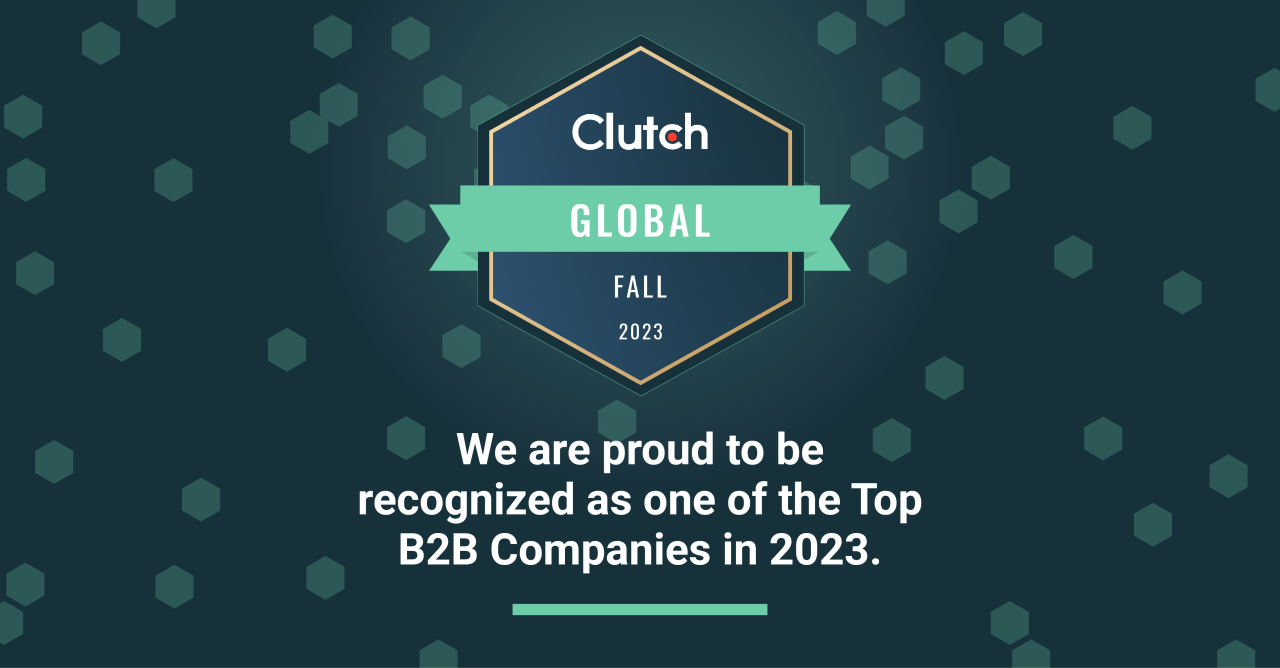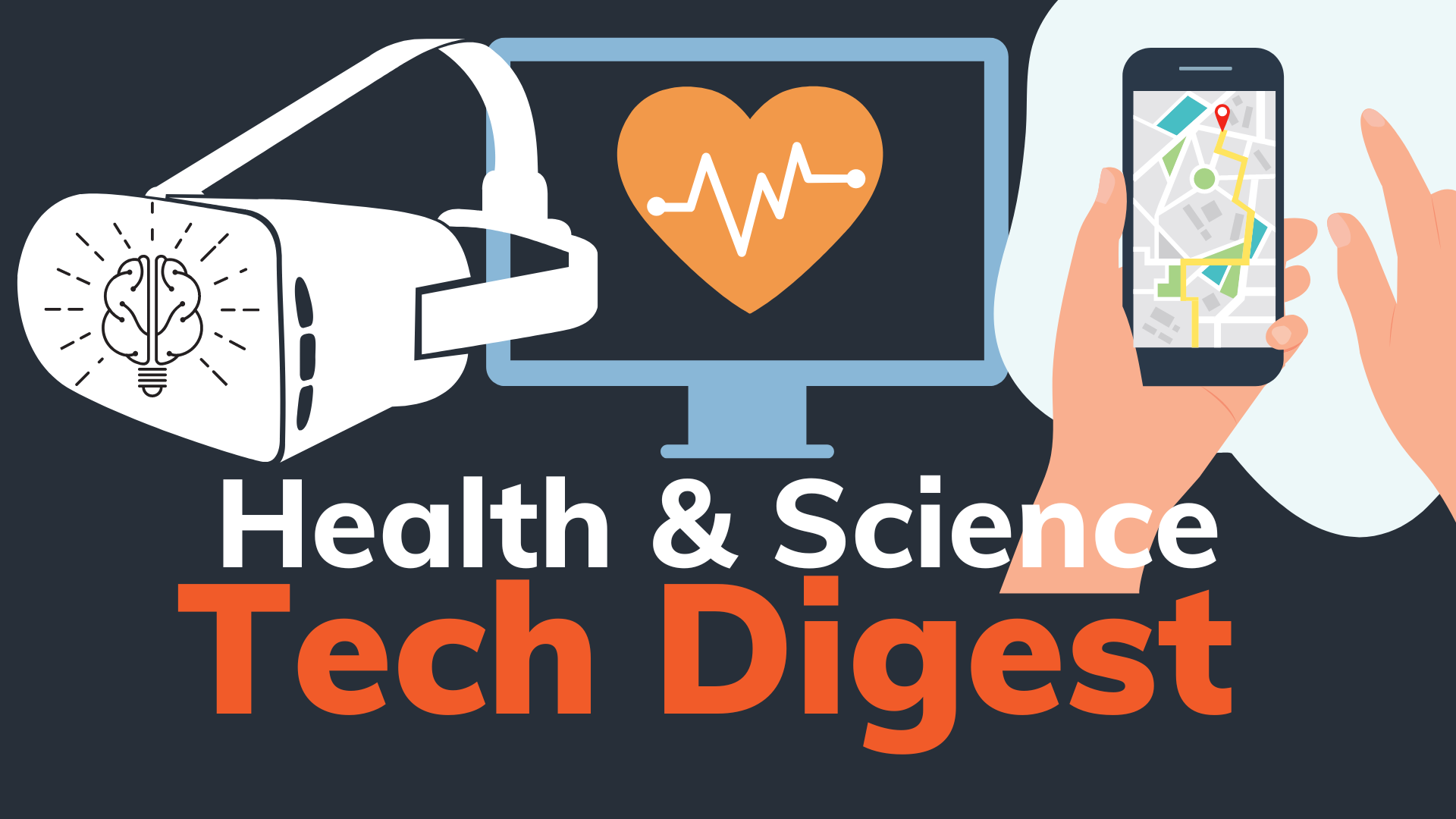Dear Readers,
Health & Science Tech Digest: December 2022
It’s hard to imagine that 2022 is almost over. The past few years have been difficult for all of us, and the state of our world has significantly changed. The changes are even more clear in medicine where we are now realizing the potential and promise of applying novel technologies in healthcare. In this December digest, we showcase some of the amazing tech that the community of scientists, providers, and technologists are inventing under unprecedented challenges. Finally, we provide some recently published resources that may be helpful if you are considering building a health or science app yourself.
We genuinely hope this time of year brings you joy. On behalf of the CrossComm family, Happy Holidays!
Best Wishes,
DeAnne Canieso, PhD
Communications Manager
Get Our Health & Science Tech Digest Sent to you Monthly
Subscribe to our Health & Science Tech Huddle newsletter to get this curated list of relevant news, research, and resources sent to your inbox each month. Plus get additional resources designed to empower health & science innovators.
News Stories
Amazon Launches Amazon Clinic, A Message-Based Online Healthcare Service: Amazon launched a virtual Amazon Clinic, offering treatment and access to Telehealth providers for more than 20 common conditions. This is Amazon’s first foray into virtual healthcare.
Five Ways Wearables will Transform Healthcare in 2023: From continuous biomarker monitoring, to the AI capabilities slated to facilitate proactive care and intelligent diagnosis support, non-invasive wearable devices have great potential to transform health. Here are the top five ways wearables can provide impact in healthcare.
The Future of Mental Health in the Metaverse: VR applications for mental health include simulations for ADHD, anxiety, phobias, and stress management. The Metaverse can offer a heightened version of these VR experiences, but what projected mental health benefits could the Metaverse usher in?
Digital Resuscitation App Provides Life-saving Care Assistance During Medical Emergencies: The American Heart Association partnered with Mass General Brigham on an app for front-line clinicians to assist in medical emergencies. The app delivers life-saving resources and features easy-to-read timers, logging tools, and an ACLS algorithm for the administration of CPR and defibrillation shocks.
Commentary: Reflecting on the Neglected Digital Divide Barriers of Telemedicine During COVID-19: Experts weigh in on the digital divide barriers associated with telemedicine, including little or no access to digital devices, and poor digital literacy. Are we assuming too soon that telehealth is an all-inclusive platform?
Research & Discussion
Shinrin-yoku refers to an immersive nature experience (aka forest bathing) that aids in the improvement of well-being. This study compared the effects of a VR-enabled immersive nature walk to a physical nature walk. Both treatments increased positive affect and perceived subjective vitality, while decreasing perceived daily stress. The results indicate that a virtual nature walk can evoke similar positive wellbeing benefits as walking through a physical forest.
At CrossComm, we are seeing similar trends across domains where the physical and VR experiences provide statistically similar benefits, though the effect size of physical immersive experiences are typically larger than virtual ones.
It doesn’t necessarily mean VR confers less of an overall benefit, however. VR could be a strong tech alternative for areas that may be under-resourced or lacking in the environmental features that improve wellness. In this particular case, individuals living in urban areas with minimal green space could very well benefit from experiencing restorative effects through VR. What are some ways you see VR contributing to the improvement of our health and wellbeing?
This research explored the relationship between the circadian rhythm (CR) and symptoms of mental health among adults with mood disorders. GPS data extracted through smartphones informed researchers of the extent to which an individual’s sequence of locations followed a 24-hour rhythm. The CR has important physiological functions including balancing temperature, hormones, daily activities, sleep patterns, and interactions with others. Irregularities in CR are related to the onset and manifestation of mood disorders.
The results of this study showed that the CR is not significantly associated with mental health symptoms for those with mood disorders, but is positively associated with social support. Thus, the more active the CR, the larger an individual’s social support size. This is an important insight for wellness scholarship because research shows a greater social rhythm is associated with life satisfaction, and we can now detect the degree of social interactions via a mobile phone!
What is equally fascinating is the ingenuity of these researchers to connect something as readily available as GPS data from smartphones to one’s circadian rhythm. This study reflects the continued advancement of sensors in digital devices, which are facilitating nuanced detection of specific interactions and behaviors.
In fact, mobile and wearable devices offer the collection of symptoms with less burden, and are a nonintrusive way for researchers and health providers to identify and monitor signs of illness. As the technology evolves however, ethical and technical discussions should continue surrounding the protection, privacy, and security of behavior-related data.
Virtual and Augmented Reality Applications to Improve Older Adults’ Quality of Life
This research employed a systematic mapping review of the most current AR/VR studies that were aimed at improving quality of life (QoL) for older adults. Due to increased cognitive, physical, psychological decline, many older adults experience dissatisfaction in their lives, including isolation, loneliness, and loss of physical abilities and self-esteem.
The purpose of the study was to identify and classify current AR/VR applications for this population, and provide a high-level overview of the current state of QoL research. In summary, the top three areas where AR/VR research is applied are in training, rehabilitation, and healthcare, with generally positive effects on physical and cognitive wellbeing. AR/VR have been shown to also improve functioning in activities of daily living, such as gait training and balance, further reducing the risk of injuries from falls.
What strikes me about the current state of AR/VR research delineated in this review are the wide breadth of device types utilized, some of which are now commercially available. They include VR applications on a computer or a headset, in-car AR simulators, AR assistive technologies with a robotic platform, as well as tablet systems to name a few. These technologies can now deliver games as interventions to improve cognitive functioning, or spur physical activity through AR/VR exercise systems that increase muscle strength and mobility.
There appears to be an endless amount of health and wellness possibilities, and the future of AR/VR is promising for QoL research in general. However there is some criticism that these tools are at the nascent stage, and the technology still needs improvement. Where do you see the technology needing improvement?
App Building Resources
What To Know When Building an App for Research Studies: Our Director of Projects, Sara Battles, discusses how to prepare for app development in a way that can save you time, headaches, and valuable funding.
Failure in Software Development: An Investigation of Factors Causing Scope Creep: If you want to avoid this common development pitfall, this resource identifies the multiple factors that can cause scope creep including constantly changing requirements, lack of stakeholder involvement, poor scope management, and unclear goals.
Case Example: An Application of User-Centered Research and Design in mHealth app development: In this resource, Min Ji Kim and colleagues describe their user-centered research and design process for developing a mobile app to help Gastroesophageal Reflux Disease (GERD) patients. Their documented approach can help future medical app developers plan, identify, and assess features to meet user needs.
FDA Guidance for Clinical Decision Support Software: The FDA regulates software that meets the definition of a medical device. This guidance document clarifies the scope of the FDA's oversight on software intended to support key clinical decisions and describes four functional criteria that would exclude this software from the definition of medical device.
FDA Grand Rounds: Medical Extended Reality (MXR) Applications and Challenges:
Ryan Beams of the FDA’s Division of Imaging, Diagnostic, and Software Reliability provides an overview of AR/VR technology, the potential medical applications, as well as the current technical and usability challenges that exist.
Do you have thoughts about the topics in our digest? Feel free to contact me with your impression and ideas, and be a part of the conversation in our next Health & Science Tech Digest.
Get Our Health & Science Tech Digest Sent to you Monthly
Subscribe to our Health & Science Tech Huddle newsletter to get this curated list of relevant news, research, and resources sent to your inbox each month. Plus get additional resources designed to empower health & science innovators.






